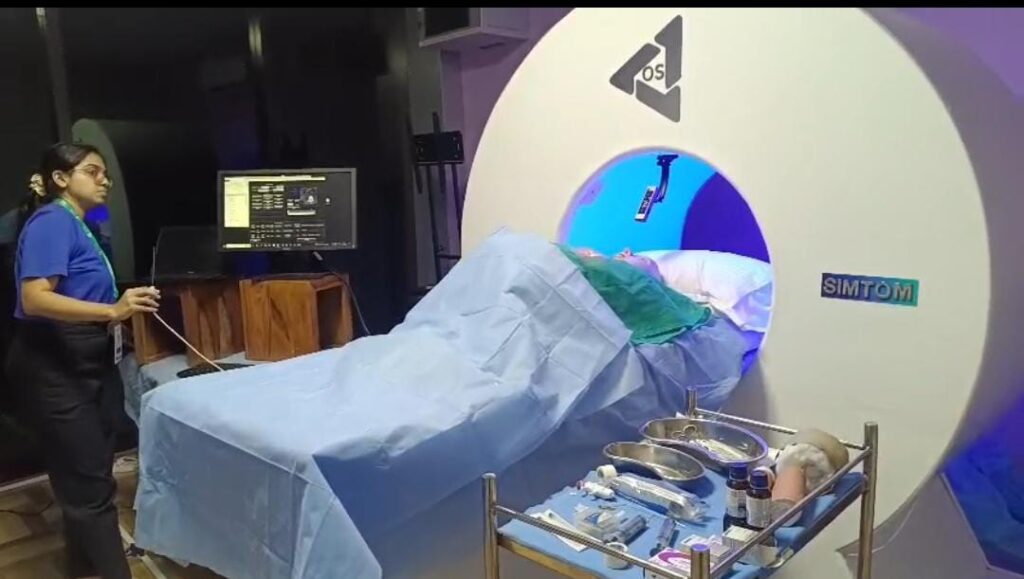In today’s tech-powered medical world, where every second and scan counts, training radiographers demands more than textbooks and lectures. Enter the CT simulation lab—a smart, risk-free environment where learning meets realism. But what does it really take to build one? Let’s go behind the scenes to explore how simulation healthcare is shaping the future of radiology.
Beyond White Walls: What Makes a CT Simulation Lab Truly Immersive?
A CT simulation lab isn’t just a room with screens and mannequins. It’s a lifelike training ground where students master the art of CT scanning without risking radiation exposure. At the heart of it lies the CT simulator—a tech-savvy platform that mimics real-life scanning scenarios, guiding learners from patient prep to image analysis with surgical precision.
The Secret Ingredients: What Powers a High-Impact CT Simulation Lab?
Creating a simulation lab that feels like a real hospital suite requires more than machines—it needs the right mix of tools and tech:
- Hyper-Realistic Mannequins: Not just dummies—these are life-size models with anatomical accuracy.
- AI Simulation Software: Enables students to practice diagnosing trauma, stroke, or tumours—all virtually.
- Radiology Simulators: These replicate CT consoles, allowing hands-on practice without exposing anyone to radiation.
- Radiation Simulation: Offers the feel of real-world imaging, minus the risks.
This approach enhances skill-building in CT healthcare while keeping both learners and institutions safe.
No Patients, No Pressure: Why Simulation Experiments Work Wonders
Think of simulation experiments as virtual internships. Students get to perform procedures, troubleshoot issues, and refine their image reading—all in a no-risk, high-reward environment.
In high-stakes fields like CT imaging, these simulations foster confidence, improve technical accuracy, and reduce future errors. Whether you’re in a metro city or a rural medical college, these labs are levelling the playing field.

Radiation-Free and Revolutionizing: A Safer Future for CT Training
The standout star in this innovation story? The radiation-free CT simulator by OneSimulation. Their next-gen AI-based CT simulator offers immersive training without exposing students to radiation. From scan protocol setup to pathology-based decision-making, everything is covered—just like the real deal, minus the danger.
This game-changing technology is especially vital for countries like India, where access to high-end CT machines for student training is limited. The Role of Radiation-Free CT Simulator in India is clear: better access, better training, better outcomes.
Globally, this simulator is already making waves in both developed and developing nataions, setting a new gold standard in simulation healthcare.
Training Tomorrow’s Radiographers, Today
The Future of CT Education in Radiographer training no longer lives inside lecture halls—it lives in simulation labs. With AI-driven scenarios, realistic mannequins, and CT simulation tools that replicate every detail of clinical life, students are being prepared for real-world crises long before they step into hospitals.
They’re not just learning how to scan; they’re learning how to think, decide, and act under pressure—without a single radiation dose.
Conclusion
A well-designed CT simulation lab is more than a teaching tool—it’s a bridge between education and excellence. With innovations like OneSimulation, medical schools and diagnostic centres are ensuring their radiography trainees are future-ready.
As healthcare evolves, simulation is no longer an option—it’s the new standard for smart, safe, and scalable medical education.

